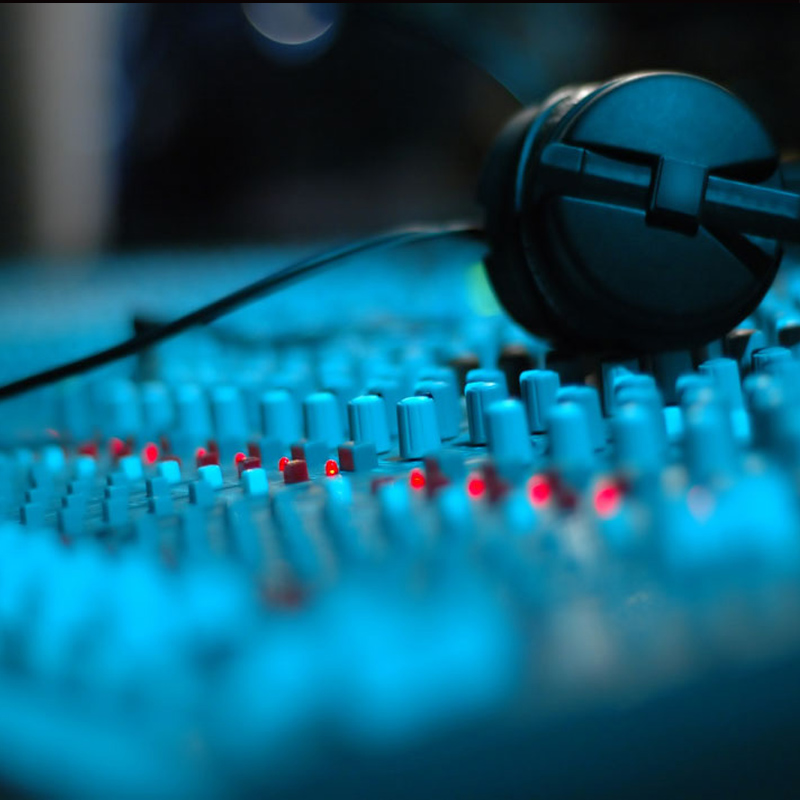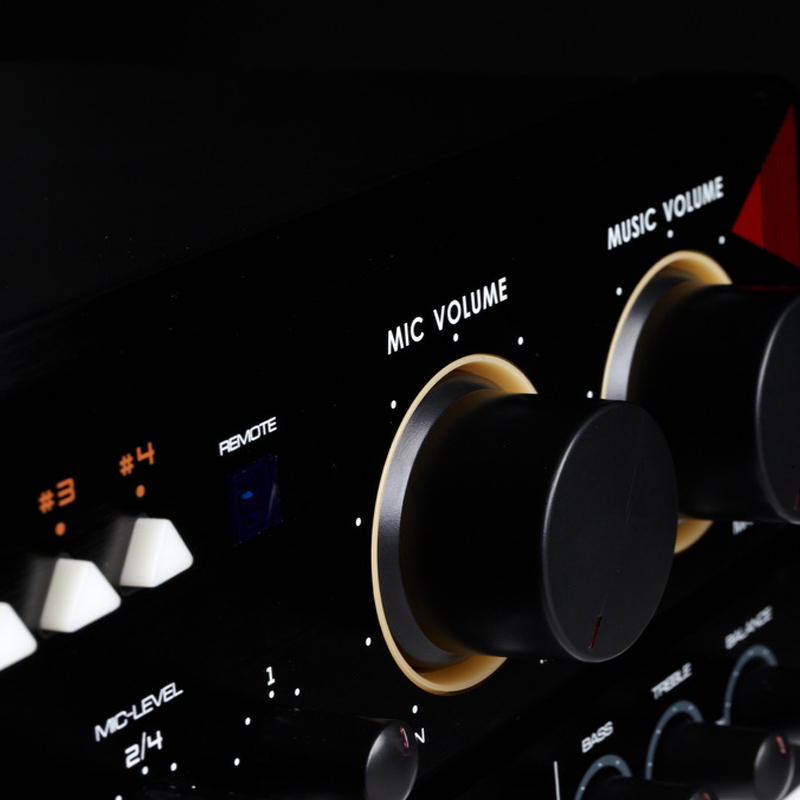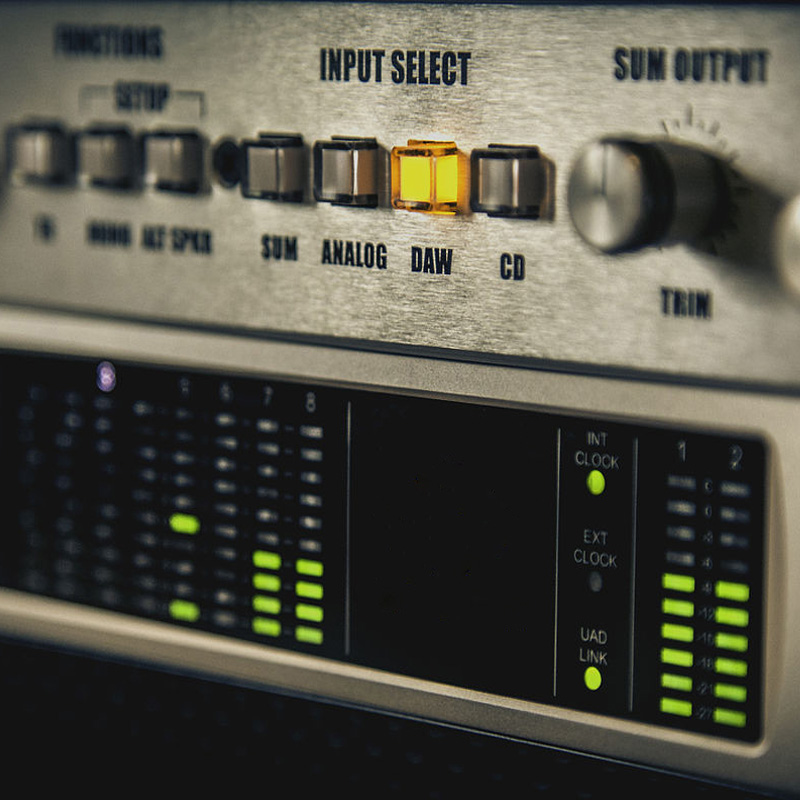Professional amplifier knowledge
A qualified professional amplifier, often reach the appropriate technical parameters, the following eight technical indicators can not be ignored.
1, Power Band Width: Frequency response range 20Hz ~ 80KHz, and the speaker's frequency response from bass to treble corresponding 20Hz ~ 20KHz response capability. Amplifier as a signal transmission "bottleneck" components, the frequency response requires a wider, such as 7Hz ~ 80KHz, in order to ensure the integrity of the signal.
2, Signal to Noise Ratio (Signal To Noise Ratio): This is the most direct reflection of the quality of the power amplifier parameters are generally above the 80dB ratio, high-quality products are often up to 105dB, if you pursue pure sound quality, then this The value can not be ignored.
3, Distortion (THD): This can be combined with the amplifier two other important indicators of "rated power" (Rms) and "maximum power" (Peak Power) together. A power amplifier in its Rms power work, the distortion should be relatively small, usually up to 0.5% ~ 0.01% of this range. Peak power or bridge, the signal may be distorted, clipping (broadcast signal is not complete) and other distortions, distortion ratio will therefore increase, about 0.5% to 1% are normal. The smaller the distortion ratio, the better the sound effect, which is an important indicator of a power amplifier.
4, Input Sensitivity (Input Sensitivity): This is for different manufacturers, different brands of the host, the former level of the audio and set the adjustment level, the range from 100mv ~ 4V or even higher, the sound must be matched with the sound source.
5, Input Impedance (Input Impedance): General requirements of the amplifier input impedance should be high, the output impedance should be low, the higher the input impedance, more effective in blocking all kinds of noise, the common value of 10KΩ or higher.
6, Load Impedance: Home amplifier is generally 8Ω / 4Ω two; car amplifier in stereo when 2Ω to 8Ω; bridge 4Ω to 8Ω. However, some specially designed amplifier, the impedance can be as low as 0.1Ω, extraordinary ability. This time, a power amplifier, you can then dozens of bass units and create the ideal sound pressure level (sound pressure refers to the sound pressure generated by the human ear, it is a measure of the capacity of the sound system, because the sound pressure is higher The higher the system requirements, the higher the highest domestic record 141.5dB, foreign 176.5dB). Just as dozens of bass speakers in the car, the van can vibrate the glass, but this situation, I am afraid to see the audio game.
7, the working voltage: car audio generally 10V ~ 15 V range of work.
8, Damping Factor (Damping Factor): This factor is calculated by the rated load (4Ω) output impedance, generally agreed: the smaller the output impedance, the damping coefficient is higher, the better the power amplifier. In fact, high-quality power amplifier, the ratio mostly in more than 50, even more than 500 individual, although some experts believe that about 50 damping coefficient is sufficient, but in my personal experience to judge, the coefficient is high, the wire requirements can be relaxed. In contrast, high coefficients affect the tone, but help with bass performance.
9. Slew Rate: The highest amplification stage of a power amplifier in a unit time amplifies the strong signal excitation to the high-voltage and high-current AC audio capability. The high-end model is more than 30V / us and the ultra-50V / us each individually. High ratio, good conversion ability, music level and dynamic, combined with the speaker can be closer to the original sound to restore reproduction.











